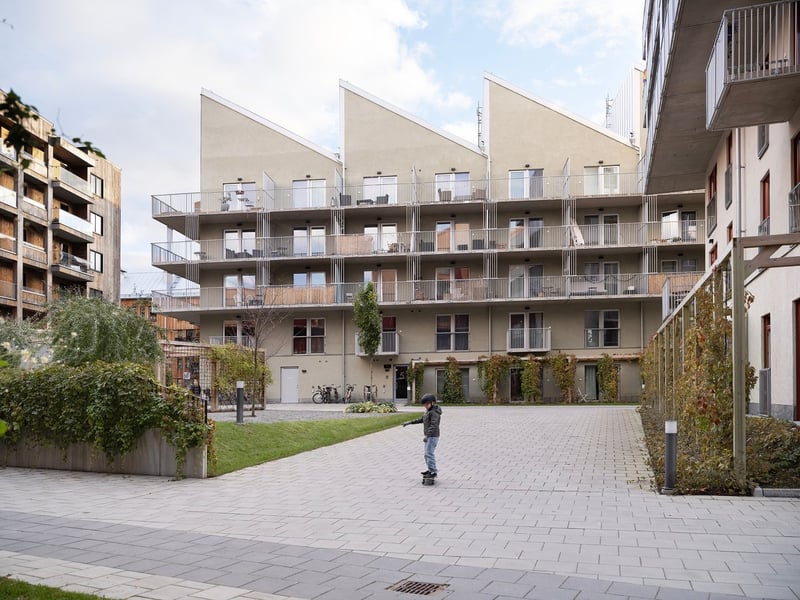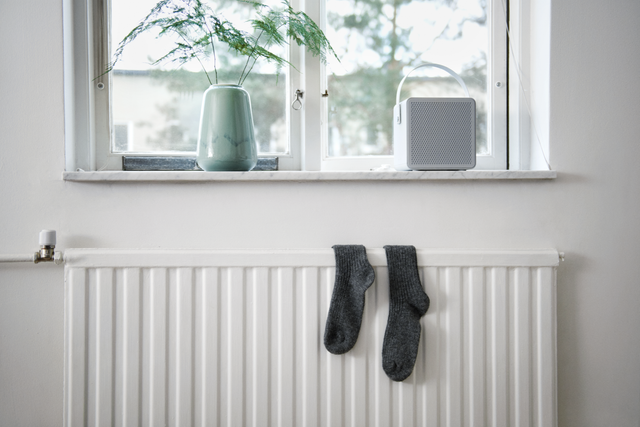Riverside Heat Network
Providing critical infrastructure to bring local heat to local people in southeast London
We’re developing the Riverside Heat Network - a major piece of new energy infrastructure for southeast London. Our heat network will provide homes and businesses across Bexley and Greenwich with reliable heating, using local excess heat from Cory’s energy-from-waste facility.
Transforming waste into warmth
We’re working with Cory to capture excess heat from their Riverside energy-from-waste (EfW) facilities in Belvedere and use it to warm nearby homes and businesses – replacing the need to use fossil fuels.
It’s not our first time maximising the potential of recovered heat: our MEL heat network in Midlothian, Scotland is operational and will keep 3,500 households warm using heat from a nearby EfW facility from next year.

Discover how to connect
We’re working with building owners in areas such as Thamesmead and Abbey Wood on plans to connect to our heat network and decarbonise their buildings’ heat - from new-builds to older properties, housing to offices and public sector buildings.
Discover how we’ve connected properties to our heat networks and the outcomes they achieved:


Heating customers can trust
Our customers receive reliable, fairly-priced heating and hot water and peace of mind thanks to our all-inclusive service – we monitor the heat network 24/7 and take care of all maintenance and repairs on the network.
Ensuring value for communities
Across our heat networks, we’re not only delivering heat – we’re driving social value.
From employing local people on our Brent Cross Town heat network in north London, to investing in the local supply chain around our projects in Bristol, we actively invest in the local communities we serve in. We’re creating a bespoke plan to invest in the local area around the Riverside Heat Network.

Meet our team
Interested in finding out more about the Riverside Heat Network? Our team are here to help:


Contact us
Vattenfall Heat UK
If you are a customer on one of our heat networks, please visit our heat customers website or contact us on 0808 143 3633.
London
70 St Mary Axe
London
EC3A 8BE
Edinburgh
The Tun Building
Holyrood Road
Edinburgh
EH8 8PJ
Bristol
Bristol City Leap
101 Victoria Street
BS1 6PU
